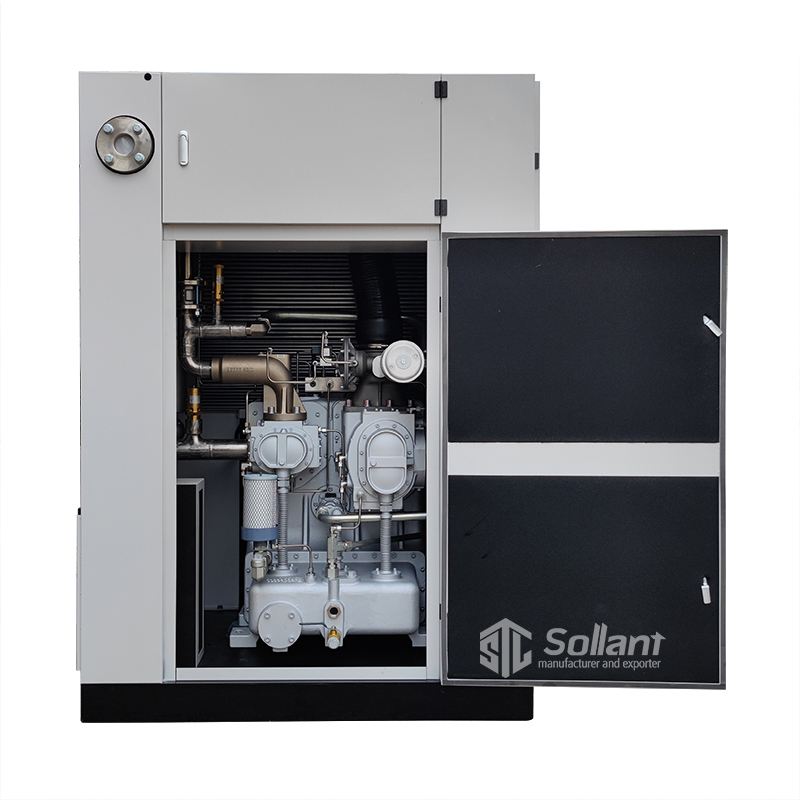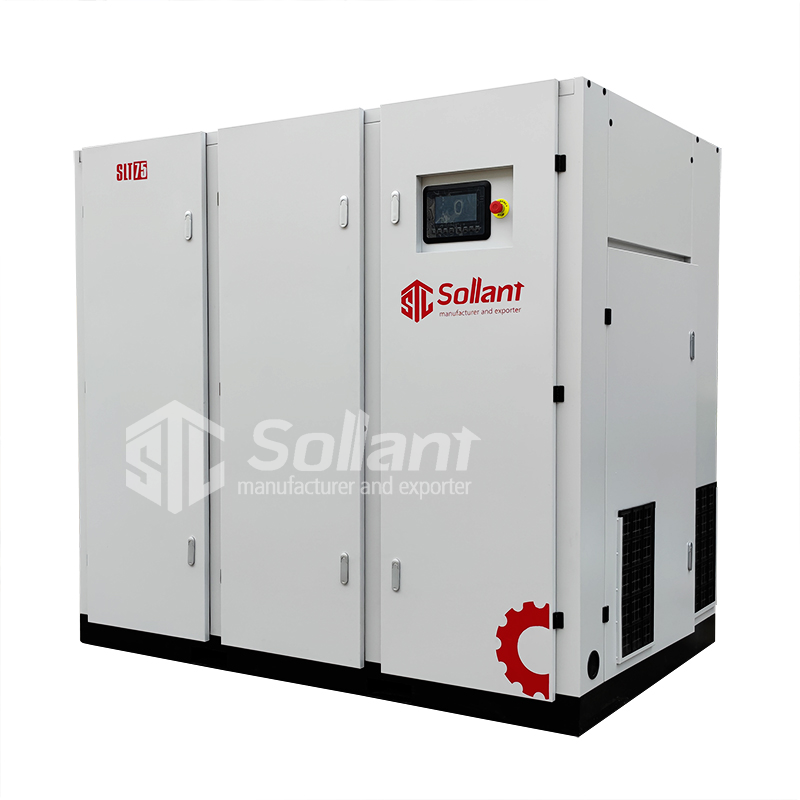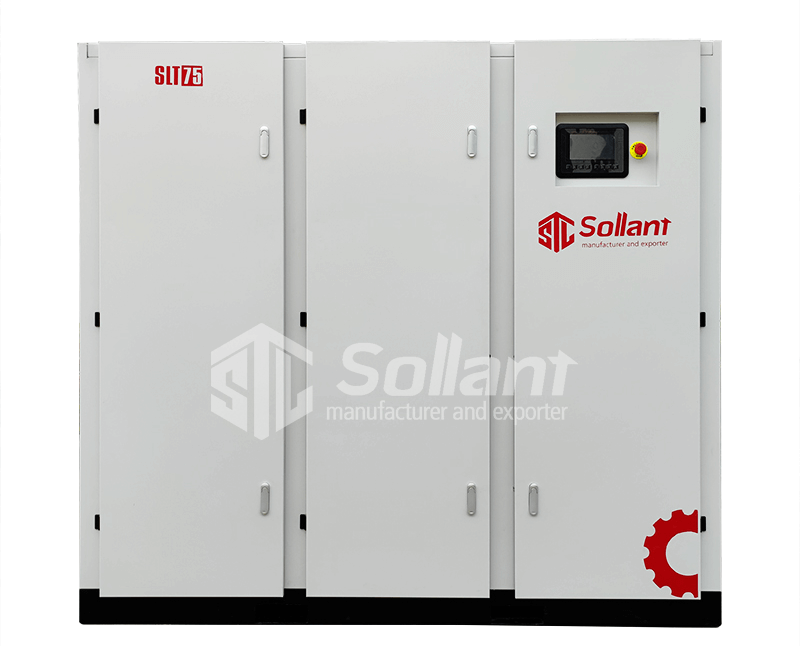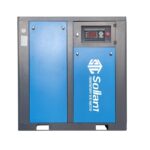1. Air filter function
The main task of the air filter is to prevent impurities such as dust in the air from entering the air compressor system. Filtration accuracy: 98% of 0.001mm particles are filtered out, 99.5% of 0.002mm particles are filtered out, and 99.9% of particles above 0.003mm are filtered out.

2. Oil filter function
Oil filter function Removes all wear-causing impurities and dirt from the lubricating oil without separating the special additives added. The filter paper accuracy is: 0.008mm size particles filter out 50%, 0.010mm size particles filter out 99%, the fake filter paper has not been tested by heating lubricating oil, there are only fewer folds, greatly reducing the filter area, and the folds Uneven spacing.
The function of the bypass valve in the oil filter: to prevent oil shortage in the air compressor oil pipeline and burn the air compressor components. If the air in the air inlet contains a lot of dust, after the lubricating oil has been used for a period of time, the filter paper will be severely clogged, and the filter will hinder the flow of lubricating oil.
When the lubricating oil entering the oil filter reaches a certain pressure difference (cold start or filter clogging), the bypass valve in the filter opens to ensure that there is enough lubricating oil in the oil circuit. The bypass valve is opened at an accurate pressure difference value.

If the pressure difference value is too small, the oil filter will not work, causing premature wear of various components; if the pressure difference value is too large, there will be a lack of oil in the oil circuit and the temperature of the lubricating oil will be too high , will damage the rotor.
How to replace the oil filter: unscrew the filler plug one turn to depressurize the system; to avoid oil splashing, prepare an oil holding device, remove the oil filter; clean the oil filter chassis, and apply oil to the new filter gasket. and thread it onto the base, then hand-tight; screw on the filler plug.

3. Working principle of oil and gas separator
(1) The function of the oil-gas separator is mainly to separate the lubricating oil of the air compressor from the oil-air mixture; continue to remove the lubricating oil particles in the compressed air.
After entering the oil tank (the oil tank is composed of oil-gas separator, minimum pressure valve, safety valve and container shell), the oil-gas mixture undergoes three kinds of separation: centrifugal separation, gravity separation (oil is heavier than gas) and fiber separation.

Separation process:
The oil-gas mixture enters the oil tank along the tangential direction of the outer wall of the oil-gas separator, 80%-90% of the oil is separated from the oil-gas mixture (centrifugal separation), and the remaining (10%-20%) oil sticks in the oil-gas separator The surface of the outer wall of the device is separated (gravity separation), and a small amount of oil enters the interior of the oil-gas separator (fiber separation), and is pressed back into the screw cavity through the oil return pipe.
(2) The gasket of the oil-gas separator is conductive. Because air and oil pass through the glass fiber, static electricity will be generated between the two separation layers. If the two metal layers are charged with static electricity, there will be electrostatic discharge accompanied by electricity.
A dangerous situation of sparks occurs, which may cause the oil separator to explode. Gaskets are used to seal the air-oil separator core and air receiver, but this may cause an electrostatic field to build up between the separator core and the air receiver housing.

Good oil and air separator accessories ensure electrical conduction between the separator core and the air receiver housing. The metal components of the air compressor have good electrical conductivity, which can ensure that all static electricity can be exported in time to prevent the generation of electric sparks.
(3) The adaptability of the oil-gas separator to the pressure difference. The design of the oil-gas separator can withstand a pressure difference of up to 0.5M Pa. If the filter element of the separator exceeds the maximum value, it will burst, and the air compressor oil cannot be separated. This will affect the overall machine or cause damage to the separator core.
For every additional 0.1 MPa pressure drop in the oil separator core, the total motor energy consumption will increase by 7%; too high a pressure drop in the oil separator will cause the separator to catch fire.
There may be the following 4 reasons for the excessive high pressure difference: the oil separator is blocked due to dirt, the reverse flow of air, the internal pressure fluctuates greatly, and the core of the oil-gas separator is counterfeit.

(4) The metal of the oil and gas separator is electroplated, so it can not be corroded According to the surrounding environment (temperature and humidity) and the working condition of the air compressor, condensed water may form inside the oil and gas separator. If the oil and gas separator is not electroplated, a corrosion layer will be formed, which will damage the antioxidant of the air compressor oil, and will significantly reduce its service life and the flash point of the oil.
(5) Measures to ensure the service life of the oil and gas separator Accumulated dust, residual oil, air pollutants or wear will reduce the service life of the oil and gas separator. ① The air filter and oil filter can be replaced in time and the oil change time can be observed to limit the dust entering the air compressor oil. ② Use the correct anti-aging and water-resistant lubricating oil.
Sollant Focus on Energy Saving.



